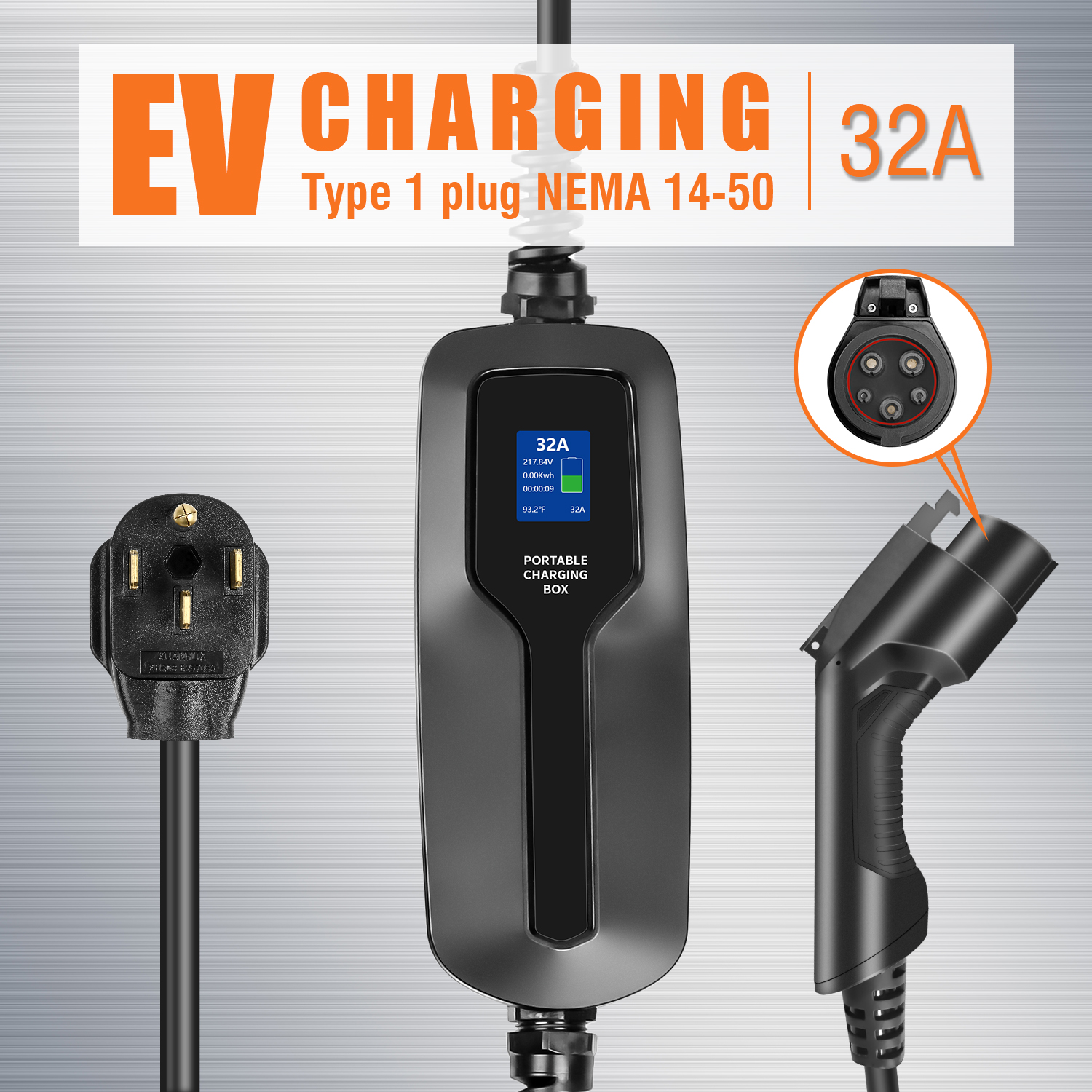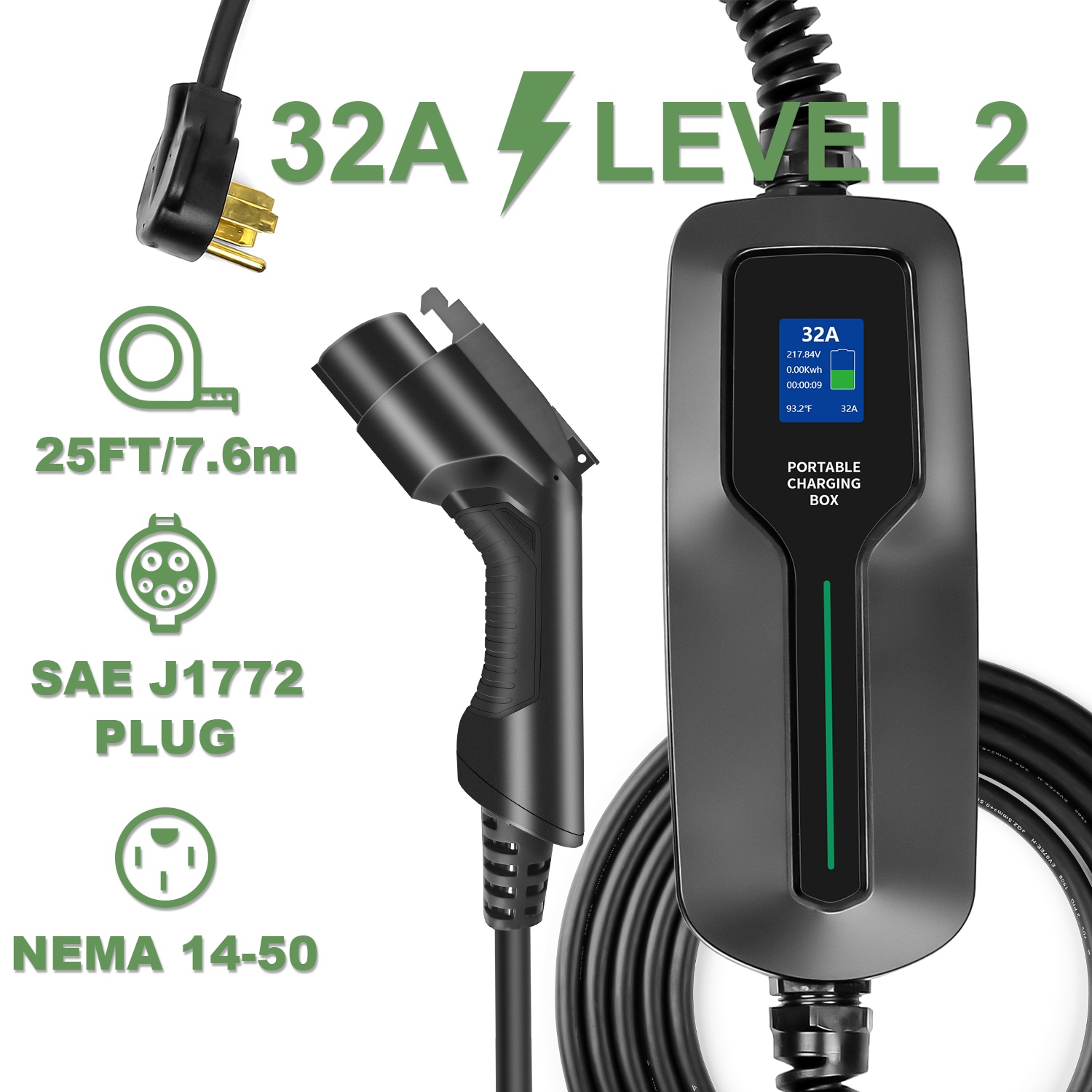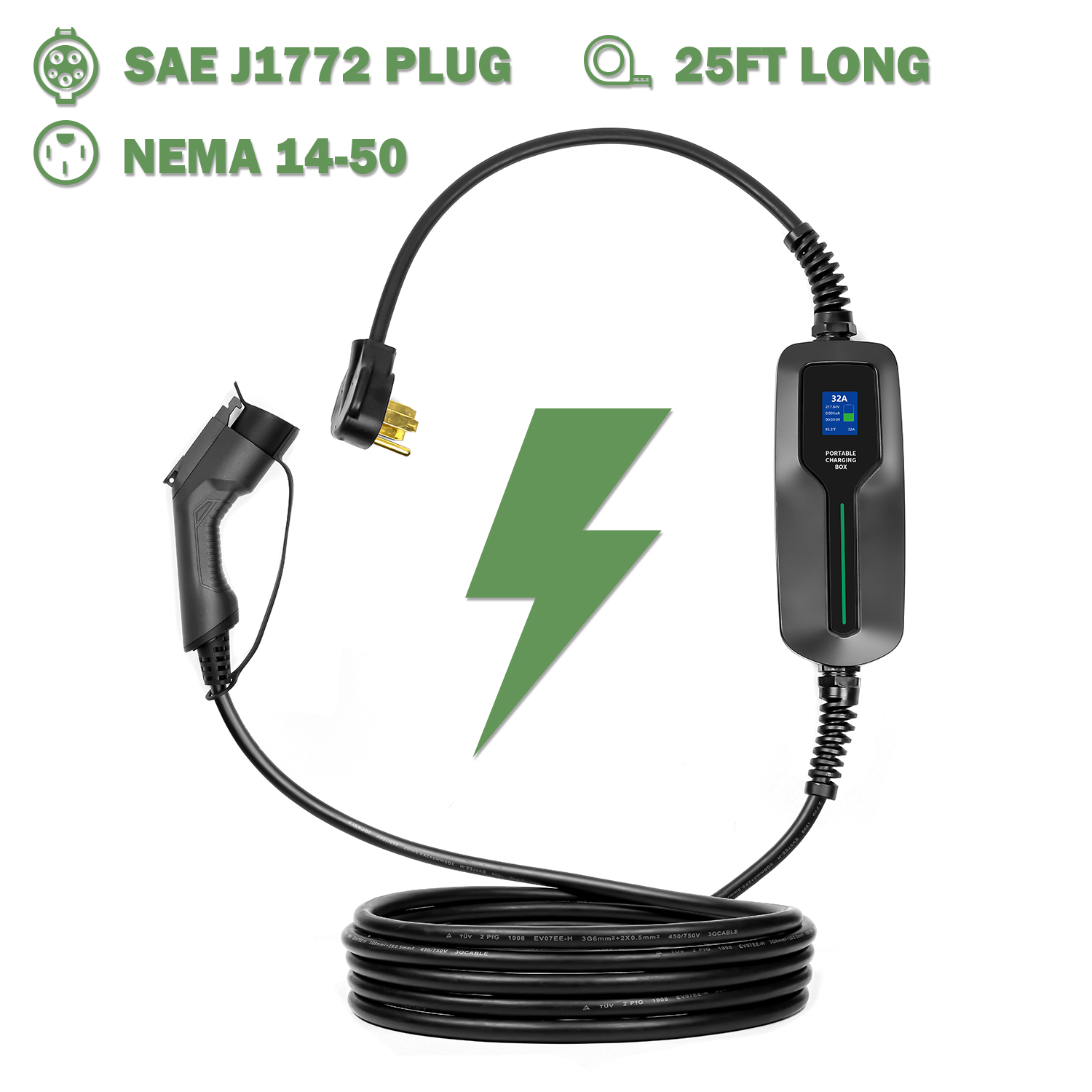-
Wenqing car
The so-called DC charging pile is actually the fast charging technology we often say, and the current DC charging pile power on the market is actually not uniform, but it varies according to the model and the manufacturer.
The DC charging pile actually increases the current response to the chemical elements inside the battery through its own module, so that the power battery can get the ability to be charged as quickly as possible. In general, the mainstream charging pile power on the market is between 60kW and 90kW, and the maximum is generally not more than 120kW. The main reason for this is that various car companies are carrying power batteries in the process of producing and designing new energy vehicles. The voltage capability and EV charger performance have different requirements. Compared with some more mature car companies, they use power batteries with better performance, so they are stronger in terms of service life and ability to carry voltage, which is naturally applicable to higher power DC charging piles. Already. And for those new energy vehicles with weak pressure-bearing capacity, out of the protection of battery life, naturally they can only be applied to relatively low-power DC charging piles. Therefore, the main reason for the difference in the power of DC charging piles is still caused by the inconsistent production standards of car companies.

Limited by the current power battery technology, if you want to ensure the service life of the power battery, the best practice is to use slow charging, that is, AC charging pile for charging. The DC charging pile not only has requirements for the battery carrying capacity of the car but also has requirements for the power supply grid. After all, the potential safety hazards of DC charging piles that exceed a certain power are relatively large, which is why it is rare Causes to DC charging piles exceeding 120kW.


Therefore, as long as the gap in the technical level of various car companies can be reduced or even unified in the future, I believe that at that time, everyone will uniformly choose a DC charging pile of the same standard power to serve their own models. The general situation can better promote the development of the new energy vehicle industry.
-
World Passer 1
The power of the DC charging pile varies depending on the supplier, and the charging power will vary depending on the model. The DC pile adds a module (the AC pile has no module), and it is connected to a 380V three-phase voltage. The common is 15KW module, so the power is generally 15KW, 30KW, 45KW, 60KW, 90KW, 120KW, 180KW, 240KW, 360KW and so on.
In fact, there is also a large difference in the maximum allowable charging power of each car manufacturer and each model. When the charging capacity of the electric pile is greater than the charging demand, the determination of the charging speed lies in the technical performance (capacity/rate / Electrical voltage/current, etc.); otherwise, it is determined by the charging capacity of the pile itself.

The charging piles on the market are divided into AC charging piles (slow charging, AC fast charging routes are also developed and applied) and DC charging (fast charging). The next is 7KW and 40KW communication (please note that when 40KW communication is generally a single gun, there is no double gun). The function of the charging pile is similar to that of a gas station in a gas station. It can be fixed to the ground or a wall and installed in public buildings (public buildings, shopping malls, public parking lots, etc.) and in residential parking lots or charging stations. Grades charge various models of electric vehicles.
The input end of the charging pile is directly connected to the AC grid, and the output end is equipped with a charging plug for charging the electric vehicle. Charging piles generally provide two charging methods: regular charging and fast charging. People can use specific charging cards to swipe the cards on the human-computer interactive operation interface provided by the charging pile.
At the current level of power battery technology, fast charging is still the emergency solution for mileage. Consumers should develop a charging habit of mainly slow charging and supplemented by fast charging to ensure the service life of their vehicles.
